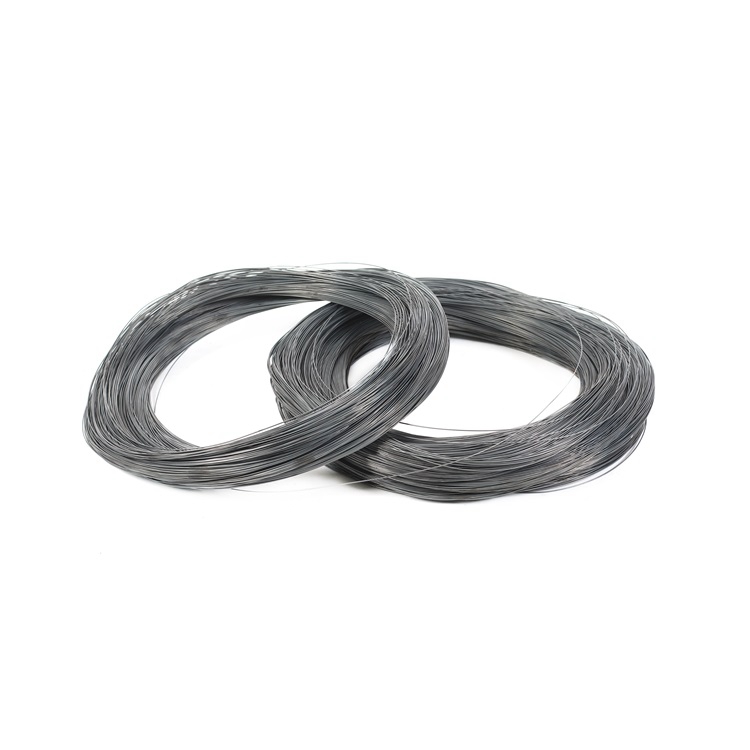long anchor bolts
Understanding Long Anchor Bolts Importance, Applications, and Specifications
Anchor bolts play a crucial role in construction and structural engineering, serving as a foundational element that ensures the stability and integrity of a wide range of constructions, from buildings to bridges. Among the various types of anchor bolts available in the industry, long anchor bolts are particularly significant due to their ability to provide enhanced anchorage in a variety of applications.
What Are Long Anchor Bolts?
Long anchor bolts are typically defined as bolts that exceed the standard lengths of conventional anchor bolts, which may range anywhere from a few inches to several feet. Their extended length allows them to penetrate deeper into concrete foundations, providing improved load-bearing capabilities. These bolts are commonly used in scenarios where additional pull-out resistance is needed or where the structural loads dictate a more robust anchoring solution.
Key Features of Long Anchor Bolts
1. Material Composition Long anchor bolts are often made from either carbon steel or stainless steel. Carbon steel bolts are commonly used for their strength and cost-effectiveness, while stainless steel bolts are preferred in environments that require superior corrosion resistance.
2. Coating Options To enhance durability, especially in corrosive environments, long anchor bolts can be coated with materials such as galvanization or epoxy. These coatings protect the bolts from rust and environmental damage.
3. Diameter and Threading The diameter of long anchor bolts can vary, with common sizes ranging from ½” to 2” or more. Proper threading is crucial for ensuring secure connections with nuts and washers. The threads can be designed in various forms, such as coarse or fine, according to the needs of the application.
4. Load Capacity Long anchor bolts are designed to withstand significant tensile and shear forces. Their load capacity depends on factors such as the material used, the embedment depth, the concrete’s strength, and the specific application requirements.
Applications of Long Anchor Bolts
Long anchor bolts are utilized in a vast array of construction applications, including
- Building Structures In multi-story buildings, long anchor bolts are used to secure columns and beams to foundations, providing stability against vertical and lateral loads.
long anchor bolts

- Bridges For bridge construction, these bolts are vital in securing various components, ensuring that the structure remains solid under the dynamic forces exerted by traffic and environmental factors.
- Industrial Facilities In industrial settings, long anchor bolts are essential for anchoring heavy machinery and equipment, safeguarding against vibrations and movement.
- Wind Turbines The foundations of wind turbines utilize long anchor bolts to withstand high wind loads and maintain the stability of these massive structures.
Installation and Best Practices
The proper installation of long anchor bolts is critical to their performance. Here are some best practices to ensure successful anchoring
1. Design Considerations Engage a structural engineer to determine the appropriate size, length, and spacing of anchor bolts based on load calculations and local building codes.
2. Drilling the Holes Use a rotary hammer or drill to create precise holes in the concrete, ensuring they are clean and free of debris, which could impede the bond.
3. Embedment Depth Follow manufacturer specifications for embedment depth to maximize load capacity and performance.
4. Torque Specifications Adhere to the specified torque settings during installation. This ensures that the bolts are tightened adequately to provide the necessary friction without over-torquing, which could lead to bolt failure.
5. Quality Assurance Inspect the bolts before installation to ensure they are free from defects. Regular inspection after installation can help identify any issues early, such as corrosion or loosening.
Conclusion
Long anchor bolts are an essential component of modern construction, providing the strength and stability necessary for various structural applications. Understanding their features, applications, and best practices is vital for engineers, contractors, and builders alike. By selecting the right anchor bolts and following proper installation techniques, it is possible to create safer, more durable structures that withstand the test of time.
-
The Durability and Versatility of Steel Wire
NewsJun.26,2025
-
The Best Iron Nails for Your Construction Projects
NewsJun.26,2025
-
Strengthen Your Projects with Durable Metal Stakes
NewsJun.26,2025
-
Get the Job Done Right with Duplex Nails
NewsJun.26,2025
-
Explore the Versatility and Strength of Metal Mesh
NewsJun.26,2025
-
Enhance Your Security with Razor Wire
NewsJun.26,2025














